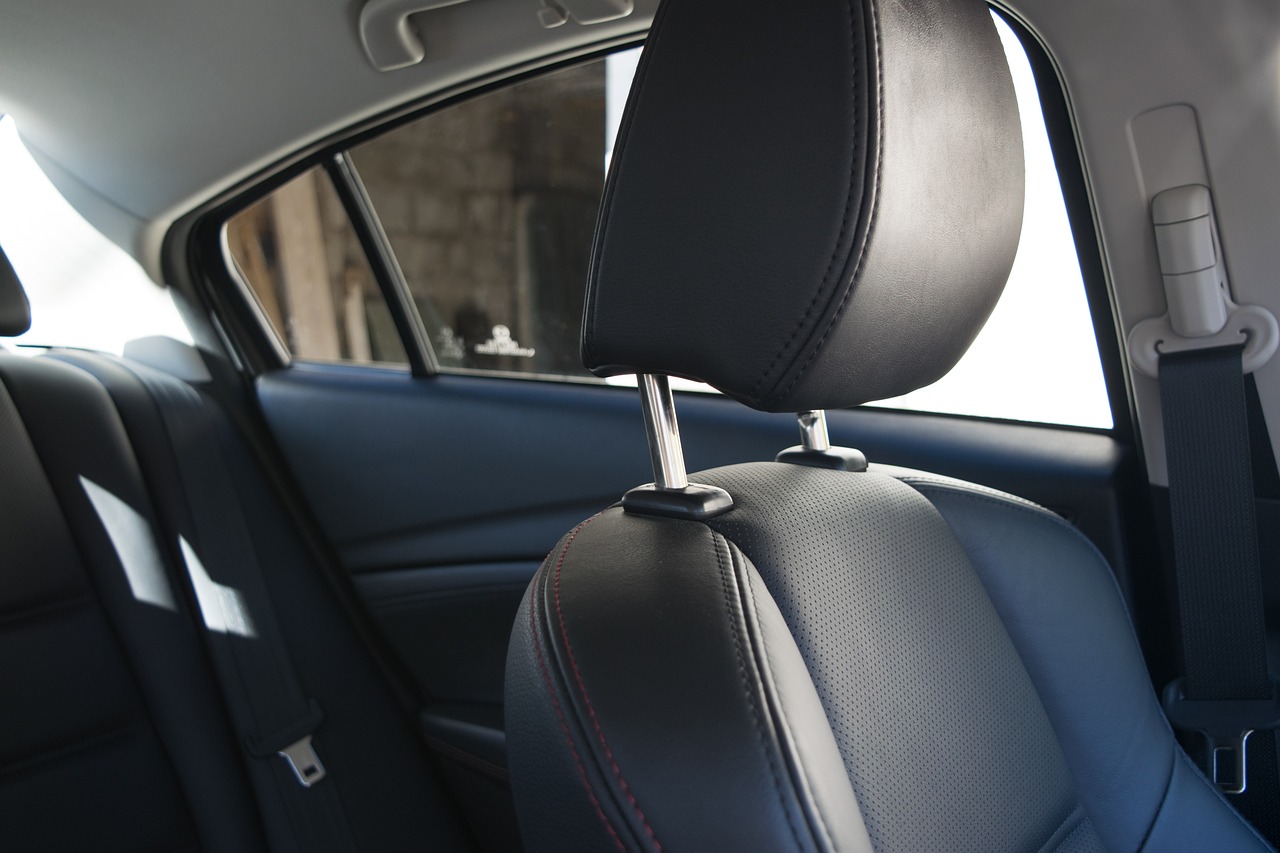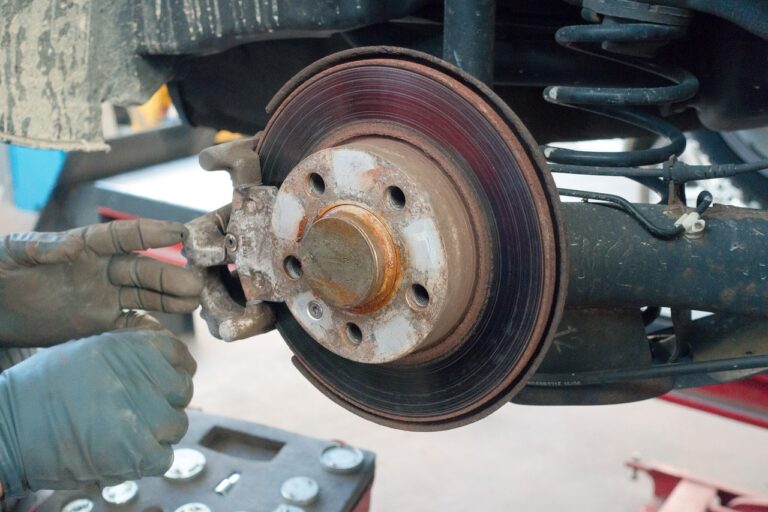The Future of Autonomous Vehicle Weather Adaptation Systems
Navigating through various weather conditions poses a significant challenge for autonomous vehicles. As these vehicles rely heavily on sensors and cameras to understand their surroundings, inclement weather like heavy rain, snow, or fog can greatly obstruct their ability to detect obstacles and make accurate decisions. Moreover, extreme temperatures can impact the performance of battery-powered systems, leading to decreased efficiency and potentially dangerous malfunctions.
Strong winds can be especially troubling for autonomous vehicles, affecting their stability and control on the road. In situations where gusts are prevalent, these vehicles may struggle to maintain proper lane positioning and driving trajectory, posing a safety risk to both passengers and other road users. Additionally, sudden changes in weather patterns, such as rapid onset of storms or blizzards, can catch autonomous vehicles off guard, risking their functionality and ability to adapt swiftly to the challenging conditions.
Impact of Weather Adaptation Systems on Vehicle Performance
Weather adaptation systems play a crucial role in enhancing the performance of autonomous vehicles in challenging weather conditions. These systems are designed to address the impact of adverse weather elements such as rain, snow, fog, and strong winds on the vehicle’s sensors and navigation capabilities. By integrating advanced technologies, weather adaptation systems enable autonomous vehicles to maintain optimal performance and safety even in inclement weather conditions.
One key area where weather adaptation systems significantly contribute to vehicle performance is in sensor accuracy and reliability. In adverse weather conditions, sensors like lidar, radar, and cameras may be affected by reduced visibility or interference from precipitation. Weather adaptation systems work to mitigate these challenges by employing specialized algorithms, real-time data processing, and sensor fusion techniques to ensure that the vehicle’s perception capabilities remain accurate and reliable, allowing for safe navigation in various weather conditions.
Technologies Used in Weather Adaptation Systems
Weather adaptation systems in autonomous vehicles incorporate a range of advanced technologies to navigate safely and efficiently in various weather conditions. One of the key technologies used is LiDAR (Light Detection and Ranging) sensors, which emit laser pulses to create detailed 3D maps of the vehicle’s surroundings. These sensors are crucial for detecting obstacles, pedestrians, and other vehicles even in low visibility situations such as heavy rain or snow.
Another important technology utilized in weather adaptation systems is RADAR (Radio Detection and Ranging) sensors. RADAR sensors use radio waves to detect objects and determine their distance and speed. By combining LiDAR and RADAR data, autonomous vehicles can accurately perceive their environment and make real-time decisions to avoid potential hazards. Additionally, cameras with advanced image processing algorithms are employed to identify and classify objects on the road, further enhancing the vehicle’s ability to navigate safely in challenging weather conditions.
What are some challenges faced by autonomous vehicles in different weather conditions?
Autonomous vehicles face challenges such as reduced visibility in fog or heavy rain, slippery road conditions in snow or ice, and difficulty in accurately sensing surroundings in extreme weather like storms.
How do weather adaptation systems impact the performance of vehicles?
Weather adaptation systems can improve the performance of vehicles by providing real-time data on weather conditions, adjusting driving parameters based on weather forecasts, and enhancing safety features to navigate challenging weather situations.
What are some of the technologies used in weather adaptation systems?
Technologies used in weather adaptation systems include weather sensors, radar systems, lidar technology, artificial intelligence algorithms, and advanced driver assistance systems to enhance the capabilities of vehicles in various weather conditions.





